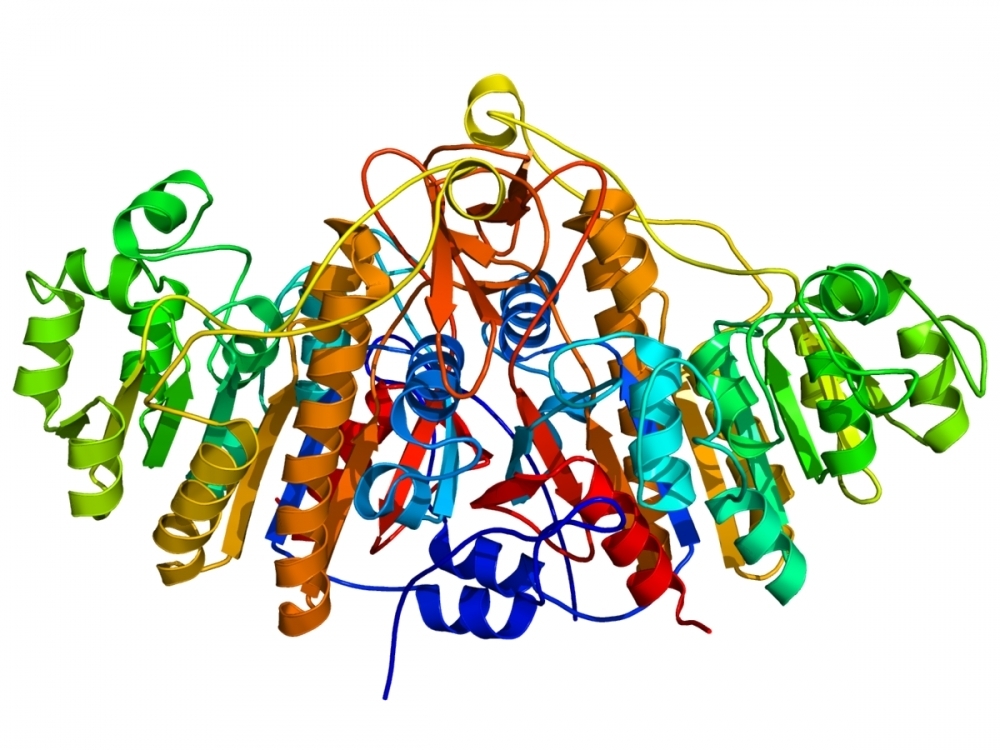Alkaline Phosphatase
CIAP; Stabilized in aqueous solution
Calf Intestinal Alkaline Phosphatase (CIP or CIAP) nonspecifically catalyzes the dephosphorylation of 5´ and 3´ ends of DNA and RNA phosphomonoesters. CIAP also hydrolyses ribo-, as well as deoxyribonucleoside triphosphates (NTPs and dNTPs). CIAP is useful in many molecular biology applications such as the removal of phosphorylated ends of DNA and RNA for subsequent use in cloning or end-labeling of probes. In cloning, dephosphorylation prevents religation of linearized plasmid DNA. The enzyme acts on 5´ protruding, 5´ recessed and blunt ends. CIAP may also be used to degrade unincorporated dNTPs in PCR reactions to prepare templates for DNA sequencing or SNP analysis. CIAP conjugates have been widely used in immunological assays and tests in combination with a variety of color or fluorogenic AP substrates. AAT Bioquest offers the largest collection of fluorogenic AP substrates for developing AP-based ELISA assays and tests.


| Catalog | Size | Price | Quantity |
|---|---|---|---|
| 11900 | 5000 U | Price |
Physical properties
| Molecular weight | ~86 kDa |
| Solvent | Water |
Storage, safety and handling
| H-phrase | H303, H313, H333 |
| Hazard symbol | XN |
| Intended use | Research Use Only (RUO) |
| R-phrase | R20, R21, R22 |
| Storage | Refrigerated (2-8 °C); Minimize light exposure |
| UNSPSC | 12171501 |
Contact us
| Telephone | |
| Fax | |
| sales@aatbio.com | |
| International | See distributors |
| Bulk request | Inquire |
| Custom size | Inquire |
| Technical Support | Contact us |
| Request quotation | Request |
| Purchase order | Send to sales@aatbio.com |
| Shipping | Standard overnight for United States, inquire for international |
Page updated on November 21, 2025
